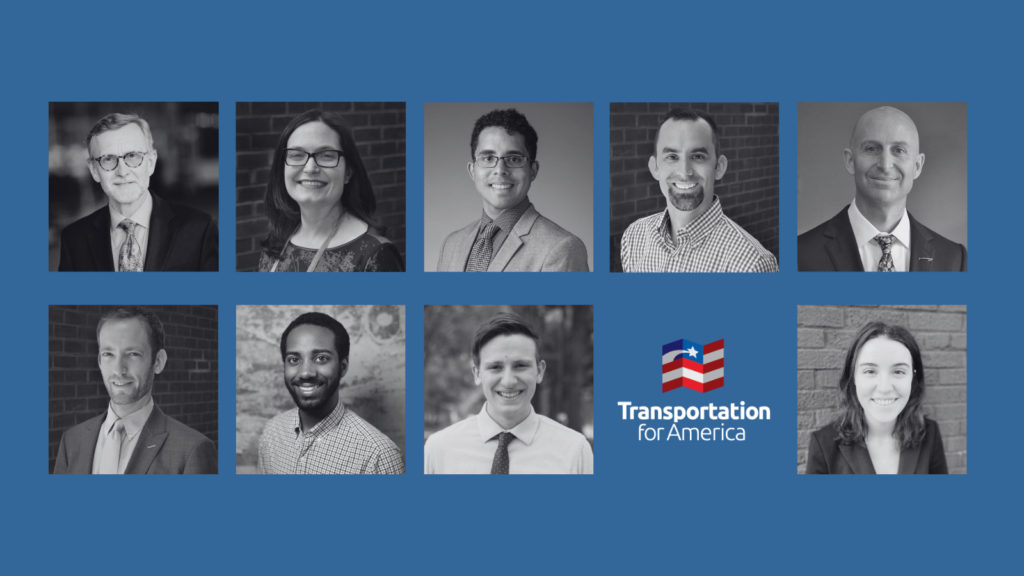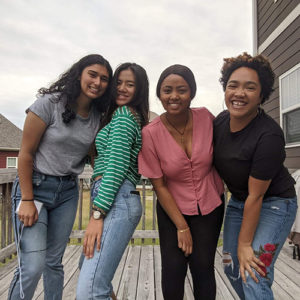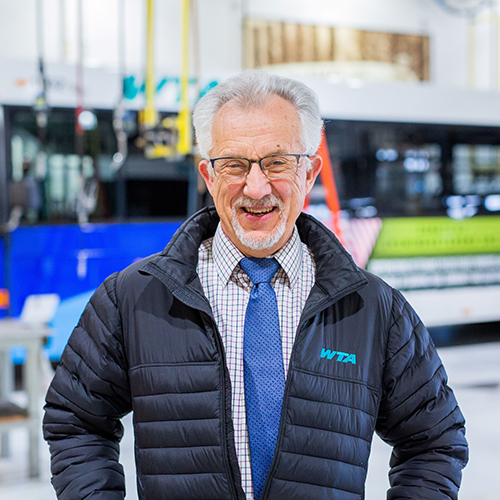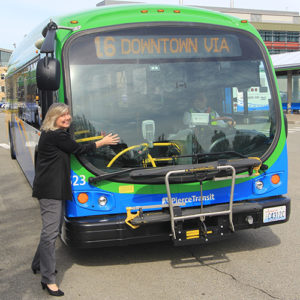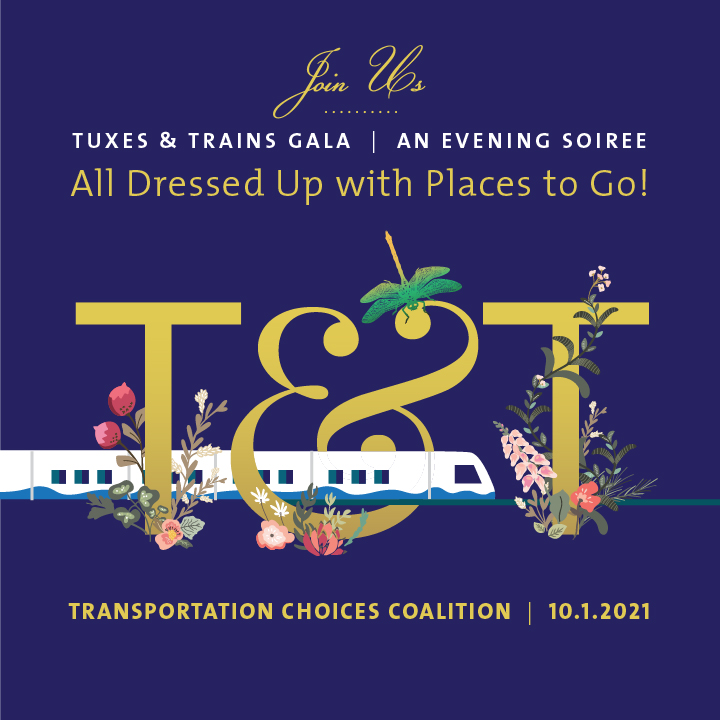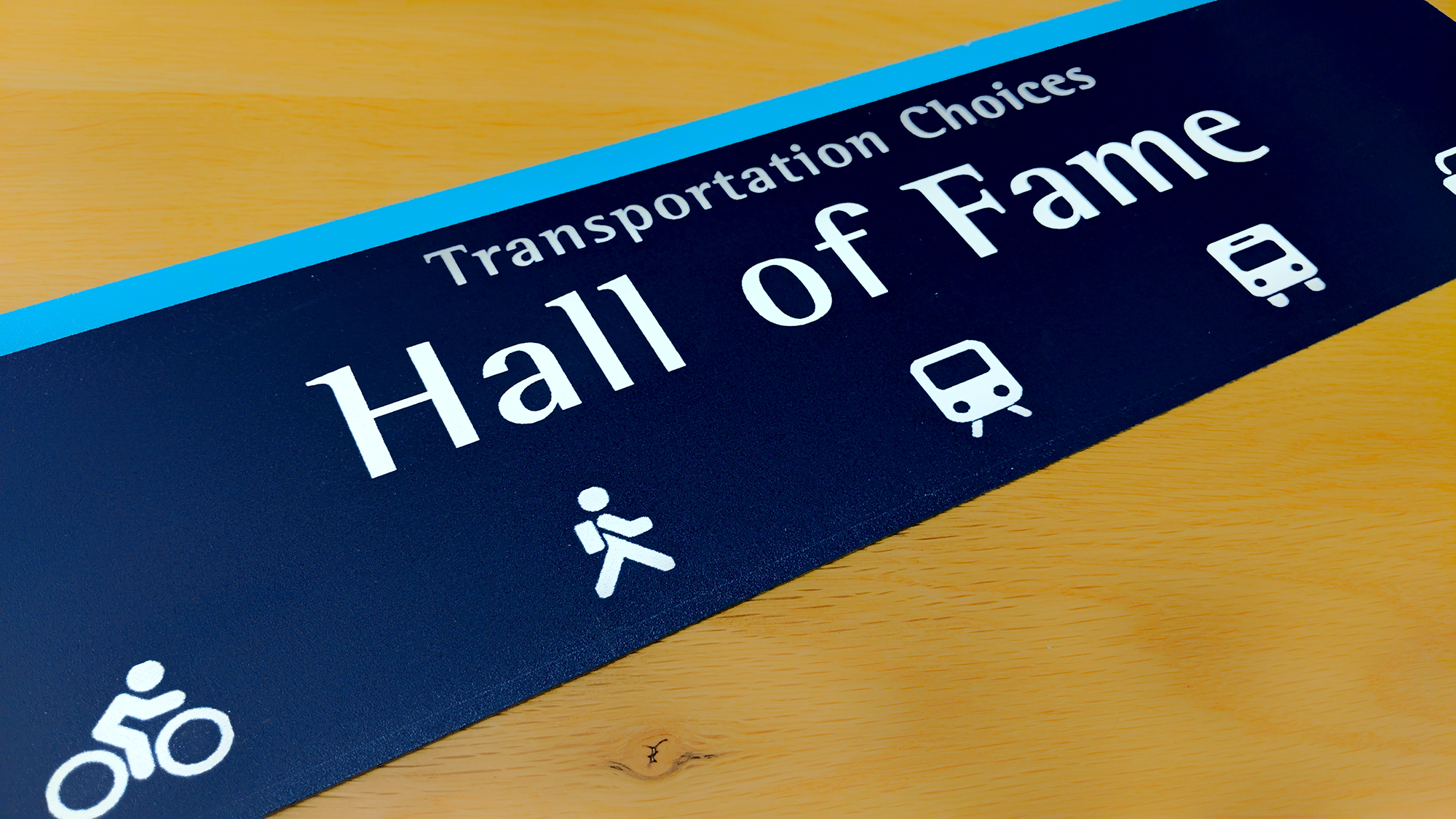
The Transportation Choices Coalition team is proud to announce the 2021 inductees to our Transit Hall of Fame. This year’s pool represents the variety of perspectives, skills and interests needed to keep our transit systems running, and to advocate for profound and lasting changes to our transportation system. From two individuals who devoted their careers to delivering service and capital projects; to a national leader in progressive transportation policy and advocacy; to youth of color who represent and advocate for current and future transit riders and leaders, we are honored to celebrate this incredible group!
Congratulations to our 2021 inductees! Click on each inductee to read more about their achievements and vision for the future of transportation:
Youth for Equitable Streets
Youth for Equitable Streets have engaged, organized and advocated with hundreds of youth of color in King County to advance mobility justice issues. Through interviews and impactful storytelling, Y.E.S. has elevated BIPOC youth voices into policymaking, resulting in meaningful changes implemented at King County Metro to better serve young people and the broader community.
Pete Stark
Since 1996, Pete Stark dedicated his career to service at Whatcom Transportation Authority, where he worked his way from the maintenance department to building a strong, resilient team as general manager. During his tenure, Pete oversaw the creation of WTA’s first Long Range Transit Plan, and built strong regional partnerships to create not just infrastructure, but true opportunity for people. Pete retired from WTA this year, and Whatcom County has a strong, efficient transit system that serves the entire community thanks to his investment and leadership.
Sue Dreier
Nominators called Sue “a legend in the PNW transit community.” She started her transit career working behind the wheel as an operator at Lane Transit, where she caught the transit bug connecting directly with riders and their families. She went on to wear multiple hats at Lane, then Salem-Keiser Transit, and of course Pierce Transit. As Pierce Transit CEO, Sue oversaw significant growth in ridership and led the agency through significant challenges to funding. Along the way Sue served as a mentor and leader for many, leaving an important legacy in her retirement.
Transportation For America
Transportation for America has been an incredible asset to transit advocates across the country this year, but in Washington state we are especially grateful. From providing of-the-moment federal updates; to education on the legislative process to our statewide network of advocates; to offering policy and strategy guidance to our coalition partners, Transportation for America has helped lead the way for hundreds of millions in investments flowing to transit in Washington State.
Learn more about our 2021 Hall of Fame inductees!
Youth for Equitable Streets
Please tell us about yourself. What achievements are you most proud of?
We are a group of young women of color all currently residing in South King County. We are passionate about serving our community with a social justice lens, specifically regarding transportation and how we can uplift and empower other fellow youth of color. We are most proud of the community engagement we have done these past two years. We have engaged over 200 youth in King county to advocate for public transportation and mobility justice.
What is your hope for the future of transit and transportation in Washington?
The hope for the future of transit in Washington is increased access to more affordable transit for all. The future of public transit planning has all voices present including the most marginalized.
At TCC we know working together we go farther — who have been your greatest allies, partners or influences in your transit work?
Our greatest allies have been Transportation Choices Coalition, Healthy King County Coalition, Transportation Demand Management at King County Metro, and the King County Metro Equity Cabinet. Some mentors and community champions we have made along the way include Penny Lara, Dani Hurula, Brian Saelens, Hester Serebrin, Niesha Brooks, Sili Savusa, Paulina Lopez and so many other strong community advocates we have met along the way. We also want to give a special shout out to Regina Dove who created this amazing program, they have played a huge role in our growth to becoming badass women of color who lead policy change. Thank you Regina! We Love you!

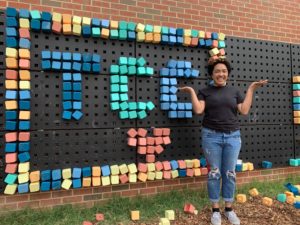
Pete Stark
Please tell us about yourself. What achievements are you most proud of?
I grew up riding the #7 Prentice Street Bus in Seattle. Like thousands of others, that electric trolley bus was my only option to get around. I moved to Bellingham for college in 1970 just as the citizens voted to take over the failing private operator and create public transit. Of course! I thought then. I saw public transit was a civic necessity, just like Water, Sewer, and the Fire Department.
I joined Whatcom Transportation Authority (WTA) in 1996 to build out their facilities and to create a maintenance program. I managed construction of WTA’s Maintenance Base, Transit Stations and helped create WTA’s high frequency “Go Lines”. As General Manager my focus shifted to building the WTA team and connecting with our community and regional partners. This climaxed in the commencement of WTA’s first Long Range Transit Plan.
This Plan REQUIRES collaboration with partners such as the City of Bellingham, Western Washington University, and the WSDOT Mt. Baker Region as many issues that affect transit success relate to walking access, right of way circulation and travel time.
What is your hope for the future of transit and transportation in Washington?
The future of public transportation in Washington State is unfolding before our eyes! Thanks to partners in the North Sound Transportation Alliance, including Island, Skagit and Community Transit, Light Rail is becoming the backbone of a network that extends north to Blaine on the Canadian Border. Similar connections link our transit partners throughout the region.
At TCC we know working together we go farther — who have been your greatest allies, partners or influences in your transit work?
Our communities and our advocates have set a challenge for us, to build an interconnected transportation network. This is not just an investment in infrastructure, but the creation of enduring wealth and opportunity for our communities. I am grateful for the opportunity to have worked with many of you in rising to that challenge.
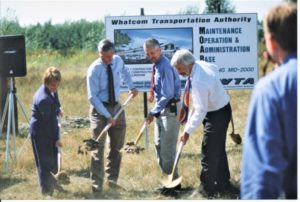
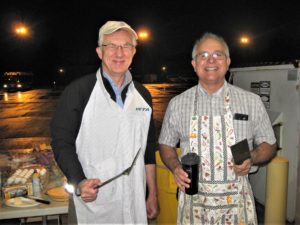
Sue Dreier
Please tell us about yourself. What achievements are you most proud of?
I came from a small town, and we didn’t have transit there, but I was looking for a part time job when my youngest was two, and started working as a part-time bus driver for Lane Transit. That’s what hooked me. It was 1990. Being a bus driver really shows you how much good you do. I still really remember that. The people you are providing life and livelihood to, you get to know them and their kids. That connection with people really makes operating a bus a noble career. At Lane I moved up through the ranks, becoming a manager. I did the operations plan for the first BRT there. Then I went to Salem Transit as the COO and finally came to Pierce Transit as the CEO. At lane it was about building & operating. Salem was more about community and learning everything; it was a smaller agency so we had our hands on everything. At Pierce, where I was the CEO, I had 960 employees, and oversaw a $150M operating budget and that much more in capital projects. I am proud of getting the Tacoma BRT funded at the federal level; and re-doing our transit system and growing ridership at Pierce. But when I look back on my career what I’m most proud of is the opportunities & mentorship to people to move up — especially women. You can start as a bus operator and become a CEO.
What is your hope for the future of transit and transportation in Washington?
That everyone works together – communities & legislators to find a sustainable solid funding mechanism. We need to go after operations dollars somewhere and move away from sales tax.I want for all communities big and small to be able to offer reliable and frequent transit. I hope that the people of Washington really see the value in transit.
At TCC we know working together we go farther — who have been your greatest allies, partners or influences in your transit work?
There’s really been a lot, I always had a kitchen cabinet of folks and found that the transit industry as a whole shares information. I’ve had collaborators on things as small as writing an operations plan; to someone who helped me negotiate a contract with a board. I’ve had a board member that was very influential, a general manager that was very influential. In Transit, people don’t hold back: We lift all boats, so to speak, when we share and support each other. I’ve had a great opportunity to work with so many different people. When I compare a GM who is quiet and introspective with someone who is really out there, you learn from both. The America Public Transit Association also really helped me with instructional seminars and networking.
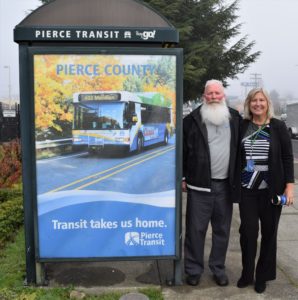
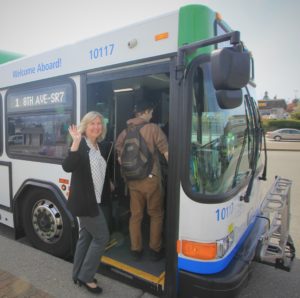
Transportation for America
